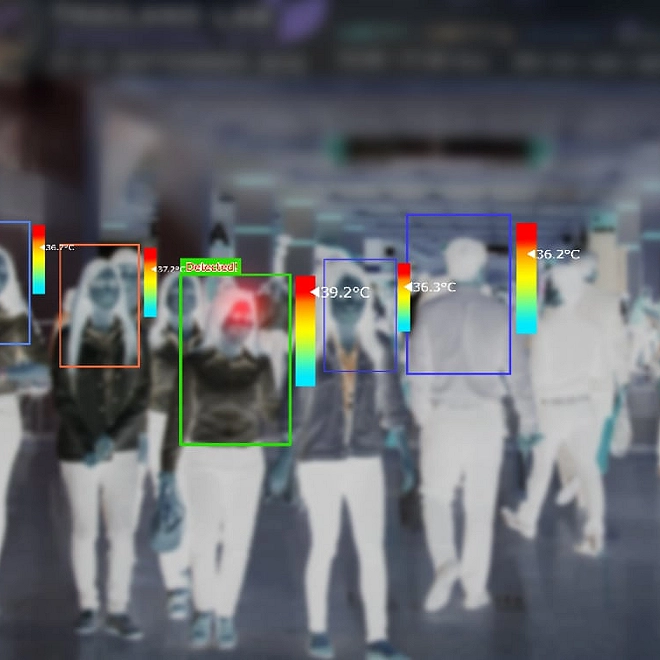Broadening the frame
The case for integrated third-party management
This publication showcases the many opportunities and benefits of an integrated and holistic approach to third-party management (TPM).
The increasing dependence on supply chains and other third-party networks is creating the need for greater coordination between sourcing, contracting, and risk management. Our white paper demonstrates the value a TPM transformation journey can create for your organization.
Benefits from the Integrated approach
As an organization’s extended enterprise grows in terms of size, spend, complexity and strategic importance, the business case for integrating TPM becomes stronger, including several financial and non-financial benefits that range from cost-reduction and efficiency improvements on the one hand, to the ability to operate as an agile yet responsible business (with a sustainable supply chain) on the other.
Tangible strategic and financial results

These are the key elements driving profitable growth and shareholder value for an organization that is just starting to embark on a transformational initiative to achieve integrated TPM. These benefits are typically achieved only after the full transformation, including benefits from enhanced executive decision-making and innovation.
Read the publication to discover actionable insights which we believe can help you unlock significant organizational value in a post-pandemic environment—a time of unprecedented change, not just in the macro-economic and business environment but also in stakeholder and societal expectations.
Download the report
To further explore the key themes and trends, and for more information about how Deloitte can help you succeed with TPM journey, please connect with one of our regional TPM leaders.



